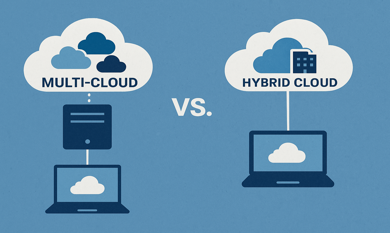In a world where efficiency and convenience are paramount, the travel industry continually seeks innovative solutions to streamline processes. One such groundbreaking approach combines computer vision technology with travel software development services, revolutionizing the way airports manage check-in and boarding procedures. By harnessing the power of these advanced technologies, airports can significantly enhance operational efficiency, improve passenger experience, and ensure seamless travel transitions.
The Power of Computer Vision Development Services in Airports
Computer vision development services, encompassing advanced algorithms and state-of-the-art technology, offer unparalleled opportunities for optimizing airport operations.
Automated Check-in Processes
Traditionally, the check-in process involves manual verification of travel documents, leading to long queues and delays, especially during peak hours. However, with computer vision development services, airports can automate this process efficiently. Advanced facial recognition systems can accurately identify passengers by matching their faces with biometric data stored securely in databases. This eliminates the need for physical documents, expediting the check-in process and reducing wait times.
Furthermore, computer vision algorithms can analyze luggage tags and automatically associate them with passengers, ensuring that every bag is correctly matched with its owner. This not only enhances security but also minimizes the risk of baggage mishandling, providing peace of mind to travelers.
Seamless Boarding Procedures
Boarding a flight often entails navigating through crowded terminals and queuing at boarding gates. By implementing computer vision development services, airports can streamline boarding procedures and enhance the overall passenger experience.
Facial recognition systems can identify passengers as they approach the boarding gate, allowing seamless boarding without the need for boarding passes or physical identification. Additionally, computer vision-enabled cameras can monitor boarding areas in real-time, detecting any anomalies or unauthorized individuals, thereby bolstering security measures.
Benefits for Passengers and Airlines
The adoption of computer vision development services in airports offers many benefits for passengers and airlines.
Enhanced Convenience and Efficiency
For passengers, the most significant advantage lies in the enhanced convenience and efficiency of travel processes. With automated check-in and boarding procedures, travelers can enjoy a seamless journey from arrival at the airport to boarding their flight. Reduced wait times and minimal document verification requirements contribute to a stress-free travel experience, allowing passengers to focus on enjoying their journey rather than navigating through queues and checkpoints.
Improved Security and Accuracy
From an airline's perspective, integrating computer vision development services enhances security measures while ensuring the accuracy of passenger data. Facial recognition systems provide a robust layer of security by accurately verifying the identity of travelers, thereby reducing the risk of unauthorized access or fraudulent activities. Additionally, automated baggage tracking systems minimize the chances of luggage mishandling and theft, safeguarding both passengers' belongings and airlines' reputations.
Operational Efficiency and Cost Savings
Beyond passenger experience and security enhancements, computer vision development services offer significant advantages in terms of operational efficiency and cost savings for airports and airlines alike. By automating manual processes, such as check-in and baggage handling, airports can optimize resource allocation, reduce staffing requirements, and streamline workflow management. This results in cost savings for airlines and translates into more competitive pricing for passengers, ultimately driving higher customer satisfaction and loyalty.
Overcoming Challenges and Ensuring Privacy
While the benefits of computer vision development services in airports are undeniable, its implementation comes with challenges and concerns, particularly regarding privacy and data security.
Privacy Concerns
The widespread use of facial recognition technology raises concerns about privacy infringement and the potential misuse of personal data. To address these concerns, airports must prioritize transparency and accountability in their data handling practices. Implementing robust data protection measures, obtaining explicit consent from passengers, and adhering to strict regulatory guidelines are crucial steps in safeguarding individuals' privacy rights.
Data Security Risks
Furthermore, the storage and processing of sensitive biometric data pose inherent risks to cybersecurity. Airports must invest in robust cybersecurity infrastructure to prevent data breaches and unauthorized access to passenger information. Employing encryption protocols, implementing multi-factor authentication mechanisms, and conducting regular security audits are essential measures to mitigate data security risks effectively.
Conclusion
In conclusion, the integration of computer vision technology marks a significant milestone in enhancing the efficiency and security of airport operations. By leveraging advanced facial recognition systems and automated processes, airports can streamline check-in and boarding procedures, ultimately improving the overall travel experience for passengers. While the benefits are evident, it's crucial for airports to address privacy concerns and ensure data security through robust measures and partnerships with trusted technology providers like Theta Technolabs. With careful implementation and adherence to regulatory standards, the synergy between computer vision and airport operations promises a future of seamless and secure air travel experiences for travelers worldwide.






















_Choosing%20the%20Right%20App%20Development%20Company_%20A%20Comprehensive%20Guide_Q1_24.jpg)
_Chatbots%20for%20Event%20Management%20and%20Hospitality%20Services_Q1_24.jpg)
_Best%20iOS%20App%20Development%20Company_%20Enhancing%20User%20Engagement%20with%20Push%20Notifications_Q2_24.jpg)
_Key%20Trends%20in%20Healthcare%20Software%20Development%20for%20the%20Future_Q2_24.jpg)
_How%20much%20does%20it%20cost%20to%20create%20an%20android%20app%20in%202024%20for%20Startups_%20A%20detailed%20guide_Q2_24.jpg)
_Integrating%20Chatbots%20Into%20Your%20Application.jpg)


_Enhancing%20Driver%20Safety%20and%20Compliance%20with%20Web%20Apps%20in%20the%20Logistics%20Sector_Q3_24.jpg)
_Web%20Apps%20for%20Retail%20and%20eCommerce_%20Streamlining%20Operations%20and%20Reducing%20Costs_Q3_24.jpg)
_How%20AI%20is%20Enhancing%20Construction%20Site%20Surveillance%20and%20Security%20in%20Dallas_Q3_24-1.jpg)
_The%20Impact%20of%20Cross-Platform%20Apps%20on%20Real%20Estate%20Market%20Trends%20in%20Dallas_Q3_24-1.jpg)
_Streamlining%20Appointment%20Scheduling%20with%20Cloud%20Computing%20in%20Dallas%20Healthcare_Q4_25.jpg)
_How%20Cloud%20Solutions%20Are%20Enhancing%20Remote%20Patient%20Monitoring%20in%20Healthcare_Q4_25.jpg)































.png)



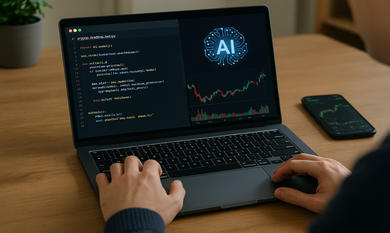
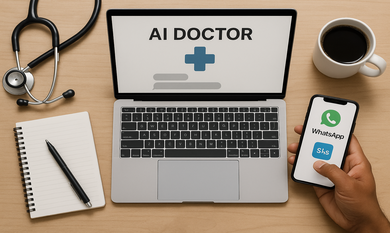

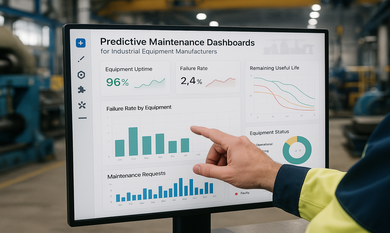





.png)

.png)
.png)
.png)
.png)


.png)
.png)
.png)
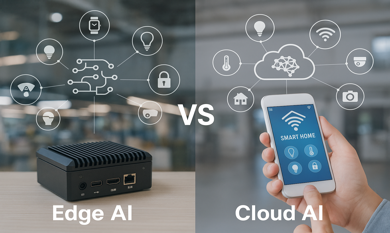
.png)



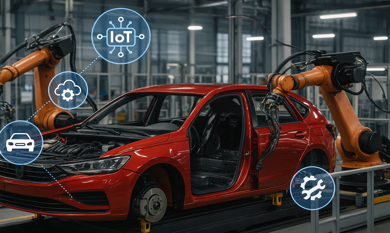


.png)
.png)










